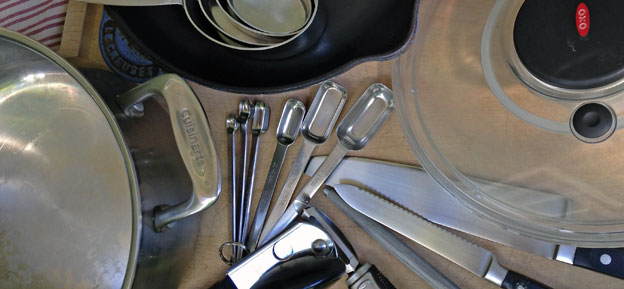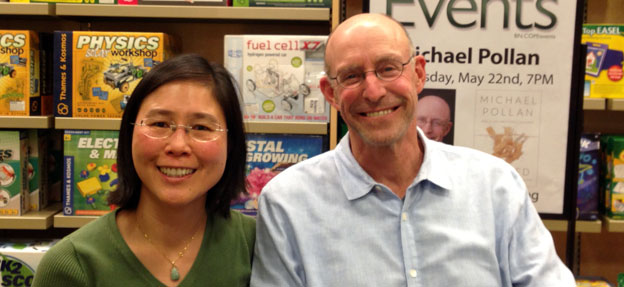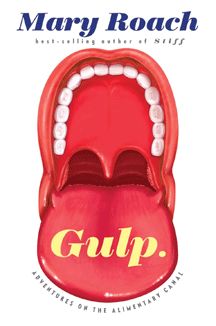 My relationship with food has always ended at the point when I swallow, but I never knew that. I discovered this blind spot when I read Mary Roach’s Gulp: Adventures on the Alimentary Canal (NY: Norton, 2013). Even though it’s not exactly the paean to taste buds and olfaction that I had imagined when I first picked it up, I still think it’s a great book to include in the pages of Cozy Foodie. I figure we can all benefit from being a little better acquainted with our guts. As Roach points out,
My relationship with food has always ended at the point when I swallow, but I never knew that. I discovered this blind spot when I read Mary Roach’s Gulp: Adventures on the Alimentary Canal (NY: Norton, 2013). Even though it’s not exactly the paean to taste buds and olfaction that I had imagined when I first picked it up, I still think it’s a great book to include in the pages of Cozy Foodie. I figure we can all benefit from being a little better acquainted with our guts. As Roach points out,
Most of us pass our lives never once laying eyes on our own organs, the most precious and amazing things we own.
She’s talking about literally seeing her ileocecal valve and appendix—a pleasure that I will undoubtedly be introduced to within the next handful of years, but that’s another story—but I think we can also take Roach figuratively. Anyway, the alimentary canals in Mary Roach’s book have vastly more remarkable lives than my own; Gulp unquestionably opened my ileocecal valve to possibilities I had never before imagined.
Seriously, Roach’s writing style is so accessible, witty, and vivid that I would’ve gulped down this book (hehe) regardless of the topic. Maybe I’m easy, because reading lines like, “This leaves milk, say, or chewed peas in peril of being horked out the nostrils,” put me in line for some up-close-and-personal horking. (Yep, I’m 7 years old.) Roach has a great time doing the research for the book, and she has a great time sharing her discoveries with her readers: alongside some pretty interesting biology and cultural commentary, she presents her encounters with keenly observed, humanizing sketches that show off the personalities of the experts she meets. And she turns the magnifying lens on herself, too, such as when she tries out to be an olive oil sensory panelist: trying to taste the bitterness in olive oil, she notes,
I’m doing a mnyeh-mnyeh-mnyeh Bugs Bunny thing with my tongue, but it’s not helping.
There’s a lot in this book that comfortably appeals to a Cozy Foodie, like Roach’s foray into the world of a sensory analyst (“Go left at the smell of simmering hotdogs”), and learning what flavors appeal to our cats and dogs (“Cats, unlike dogs and other omnivores, can’t taste sweetness”). Who knew that most people usually eat no more than about thirty foods, and that they run through them all in four days? It was no surprise to me that there’s a deep, learned cultural basis for what we think is delicious or not—I’ll be the first to admit that some Chinese foods can be… unusual. Fermented bean curd, anyone? But I got a better insight into what this means reading about scientific studies done on babies’ food preferences (55% of children around 2 years old will taste “artfully coiled peanut butter scented with Limburger cheese and presented as ‘dog-doo’ ”!), and about how seemingly unbalanced diets, such as traditional Inuit meat-centric foods, actually are nutritionally well balanced. Then there are head-scratchers like: can someone survive being swallowed alive, à la Jonah and the whale? Sharing the latest tidbit about cross-cultural views on saliva or the science behind Beano may earn you a raised eyebrow if you do it over your bowl of chili con carne, but Roach makes it almost irresistible to want to share.
Admittedly, the eeuw factor in Gulp kept me reading, too. Readers with a fascination for the disgusting will get a gross anatomy lesson unlike anything they ever learned in high school: explosive or noxious flatus and inflammable eructation, autointoxication, internal putrescence, nutrient enemas, autocoprophagia, and megacolons, among other zesty topics, but the hork-worthy and the high-minded are plated up together to create an educational and entertaining whole. Take, for example, Roach on the psychology of biting into crunchy food: is it a “destructive process” that we receive pleasure from, a way to “de-stress,” as an oral processing expert hypothesized (just like the de-stressing done by the main character in Assassin’s Creed, Roach helpfully adds), or does it appeal to us because it is a shorthand signal for freshness, as a food physicist told Roach?
Obviously, for Roach, flavor, texture, and bouquet are only the tip of the iceberg lettuce. I should have guessed when she wrote:
Yes, men and women eat meals. But they also ingest nutrients. They grind and sculpt them into a moistened bolus that is delivered, via a stadium wave of sequential contractions, into a self kneading sack of hydrochloric acid and then dumped into a tubular leach field, where it is converted into the most powerful taboo in human history. Lunch is an opening act.
So have a gander at the black box that is your alimentary canal. De-stress your way through some carrot sticks, then learn and laugh about what happens after their opening act. You’ll never think about bolus the same way again!

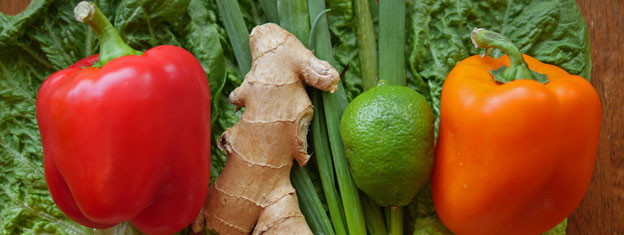


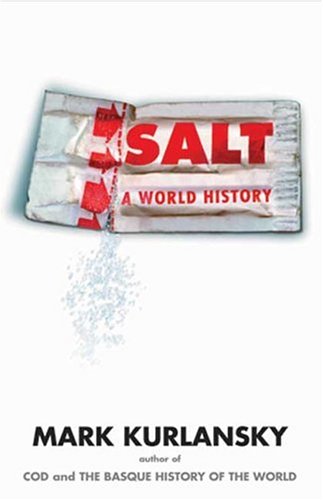 Sweeping through swaths of world history, Kurlansky details beliefs, production, trade, government policies, military strategy, scientific discoveries, and technological innovations demonstrating salt’s crucial role in human endeavors. The transformation of communities into civilizations depended on their ability to first extend and stabilize their food supply. Civilizations from the Incas to Asian India were founded not only by rivers, but also near places with access to salt. Salt became economically important as communities expanded: though salt, which is relatively bulky, was usually not exported on its own, it was used to preserve food that was then profitably sold. Wars were won or lost depending on an army’s access to salt to make and preserve food, for medicine, and to maintain livestock or horses for cavalry or hauling supplies. In example after example, Kurlansky illustrates how salted foods shaped economies for four millennia, and with economies, also government policies. Even as recently as 1930, Mohandas Gandhi sparked the independence movement in India against British rule by leading a campaign to deliberately break the laws prohibiting local harvesting of salt.
Sweeping through swaths of world history, Kurlansky details beliefs, production, trade, government policies, military strategy, scientific discoveries, and technological innovations demonstrating salt’s crucial role in human endeavors. The transformation of communities into civilizations depended on their ability to first extend and stabilize their food supply. Civilizations from the Incas to Asian India were founded not only by rivers, but also near places with access to salt. Salt became economically important as communities expanded: though salt, which is relatively bulky, was usually not exported on its own, it was used to preserve food that was then profitably sold. Wars were won or lost depending on an army’s access to salt to make and preserve food, for medicine, and to maintain livestock or horses for cavalry or hauling supplies. In example after example, Kurlansky illustrates how salted foods shaped economies for four millennia, and with economies, also government policies. Even as recently as 1930, Mohandas Gandhi sparked the independence movement in India against British rule by leading a campaign to deliberately break the laws prohibiting local harvesting of salt.